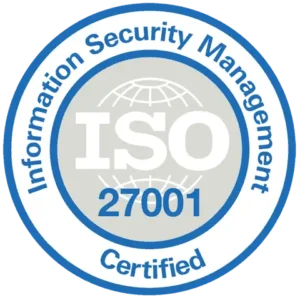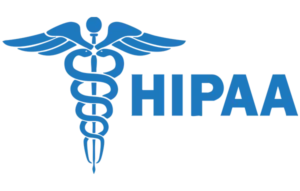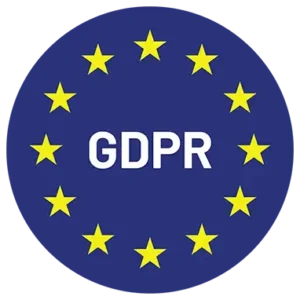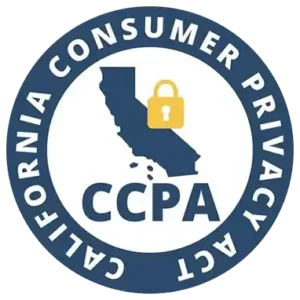Bridge digital identities to real-world users
Protect your business from fraud with a versatile orchestration
toolkit. Verify user identities and accurately assess risk in
any scenario.
The solution
A single, comprehensive answer for every identity access management problem
Features
Stop
account takeovers
fraud schemes
multi-accounting
before they happen
Secure every interaction with easy-to-integrate identity verification workflows. Reduce fraud risk during onboarding, account recovery, help desk calls, and reverification.
Remove friction for legitimate users
Control policy and verification workflows
Deploy fast, easily integrate with existing infrastructure
Outpace the evolving tactics of fraudsters
Stay ahead of fraud trends by unifying the power of over 70 best-in-class human identity and environmental verification attribute providers. Easily re-configure your identity proofing workflows with low/no-code.
We safeguard industry leaders across 170+ Countries
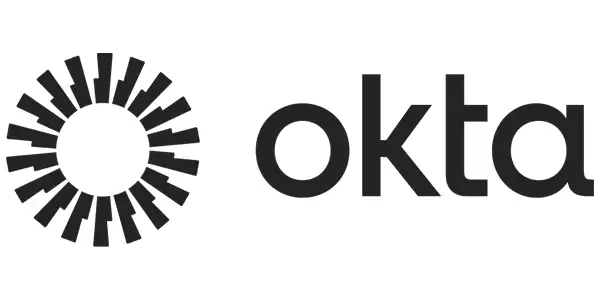
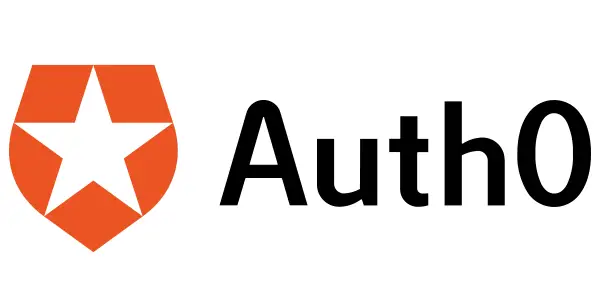
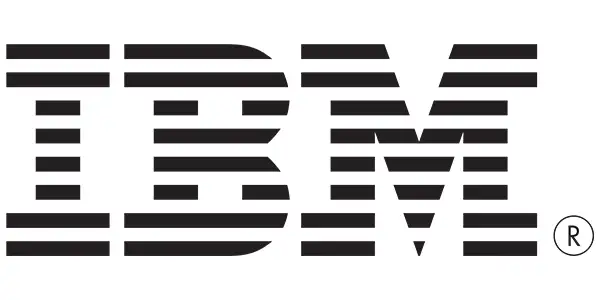
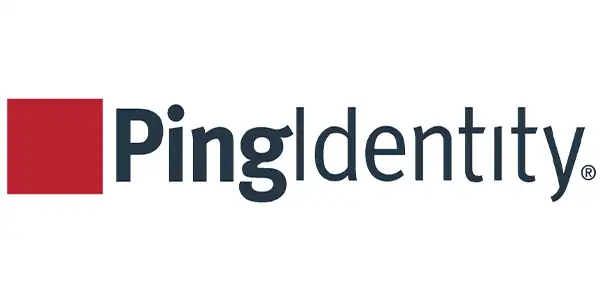
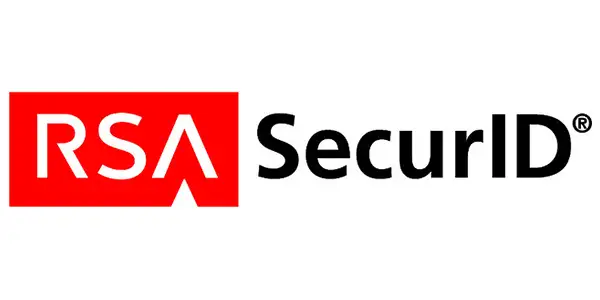
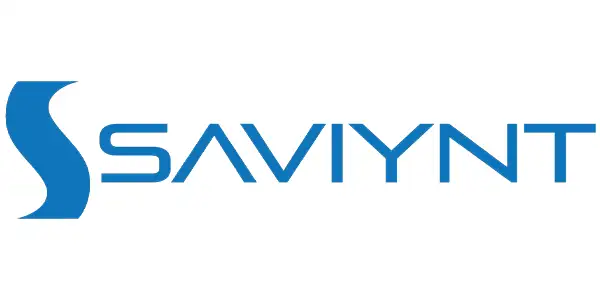
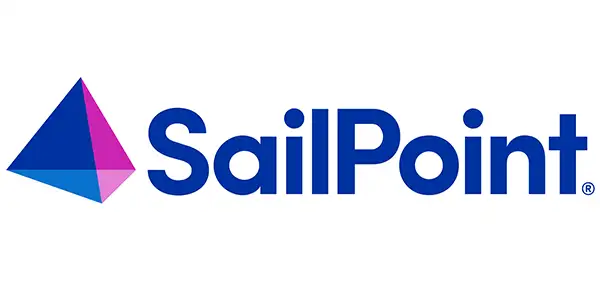
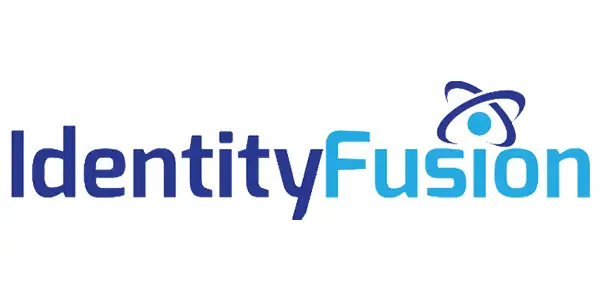
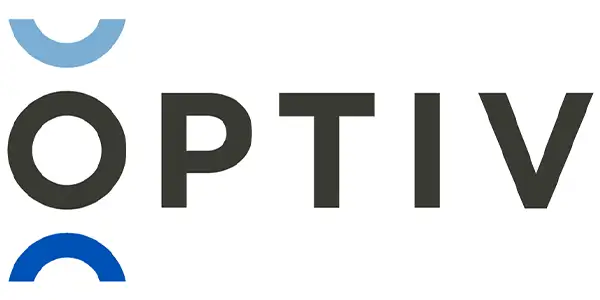
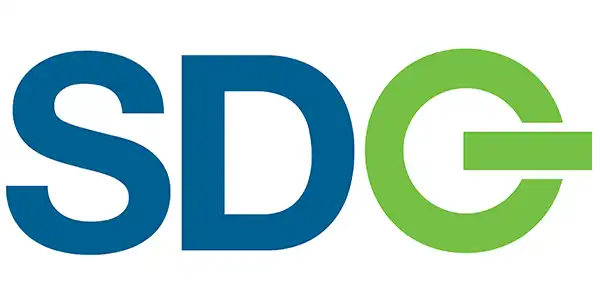
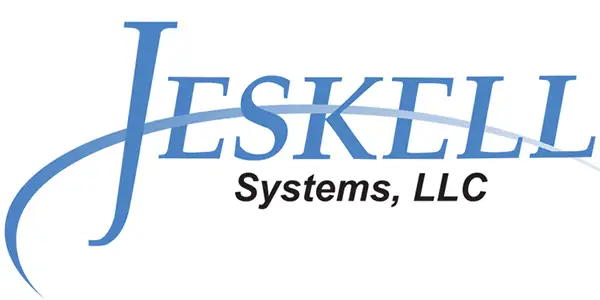
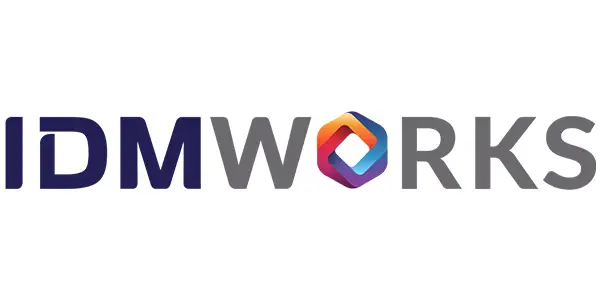
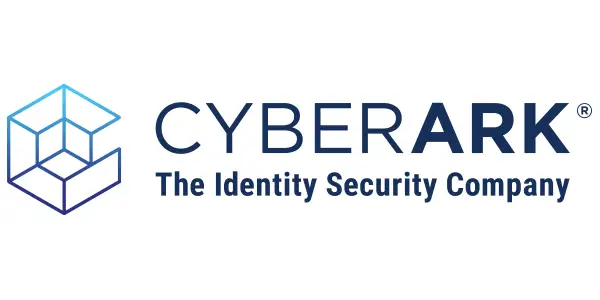
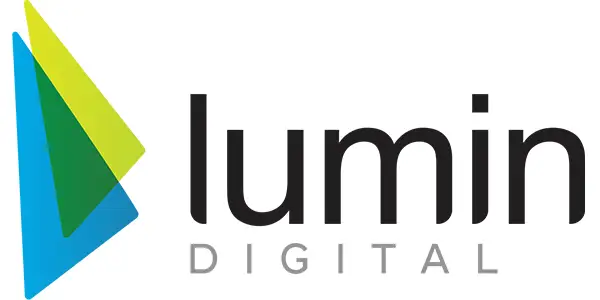

Here’s what our customers say about us
I like that ID Dataweb offers so many options for creating identity verification workflows. I also like that much of the service can be self-configured which allows for easy modifications or experimentation with different processes. With their cloud hosted solution, you can stand up a new worklfow in minutes and add your own branding. You can also integrate with your existing federation system for a seamless experience.
Richard A
The multi-level security checks on mobile devices and authorization processes / identity verification of users registering on our sites. Also, the knowlege of their tech support staff. We have had very few outages or slowness of services. Our registration processes have gone very well.
Darwin L
Dale D
ID Dataweb is a second step verification for our customers who might seem like a fraud risk to AI model risk assessments. By adding this second step verification we are able to allow more sales though that would not have been allowed by using an AI risk assessment tool alone. This also has added another layer of protection for our customers which makes them feel safer. My company is not required to use IDDW but we chose to and the partnership is outstanding.
Fraud and risk associate
Adaptable to any use case
Dynamic Identity security—without the complexity
We offer the infrastructure; you choose the direction. Easily tailor your identity lifecycle through a simple interface. Meet the unique security needs of your business while retaining full control over user experience.

